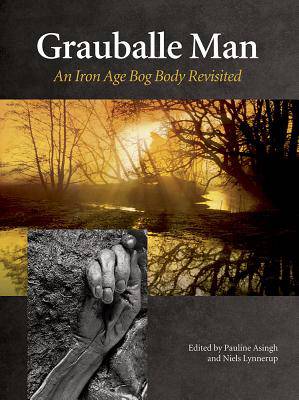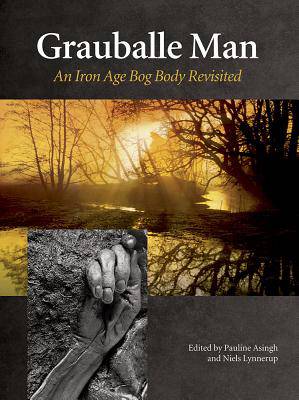
- Retrait gratuit dans votre magasin Club
- 7.000.000 titres dans notre catalogue
- Payer en toute sécurité
- Toujours un magasin près de chez vous
- Retrait gratuit dans votre magasin Club
- 7.000.0000 titres dans notre catalogue
- Payer en toute sécurité
- Toujours un magasin près de chez vous
Description
The Grauballe Man, whose sacrificial death was determined to have occurred around 290 BC, is one of the most remarkable bog finds from Denmark's Iron Age, and has for many years been the center of considerable attention. After its discovery in 1952, the body was scientifically examined and preserved for posterity. With the availability of new and proven analytical methods, it became considerably easier than before to carry out a closer examination of the Grauballe Man. With this renewed scientific focus on the immense research potential in such a find, an interdisciplinary team of international scientists decided in 2001 to undertake extensive examinations of the body. The point of departure was a short period of hospitalization, where various comprehensive examinations were conducted: The Grauballe Man underwent X-Rays, CAT-scans and other tests, allowing for the creation of an exact, three-dimensional chart of his inner and outer body. From analyses of his teeth to his hair to his stomach contents - and even to a reconstruction of his face - the research has provided an important insight and invaluable knowledge of life in Northern Europe more than two thousand years ago. This publication, richly illustrated with 320 color photographs, is presented in a language which makes it indispensable for archaeologists, anthropologists, museum conservators and pathologists, but it will also appeal to lay enthusiasts within those fields of interest.
Spécifications
Parties prenantes
- Auteur(s) :
- Editeur:
Contenu
- Nombre de pages :
- 351
- Langue:
- Anglais
- Collection :
- Tome:
- n° 49
Caractéristiques
- EAN:
- 9788788415292
- Date de parution :
- 01-08-07
- Format:
- Livre relié
- Format numérique:
- Genaaid
- Dimensions :
- 218 mm x 274 mm
- Poids :
- 1564 g

Les avis
Nous publions uniquement les avis qui respectent les conditions requises. Consultez nos conditions pour les avis.






